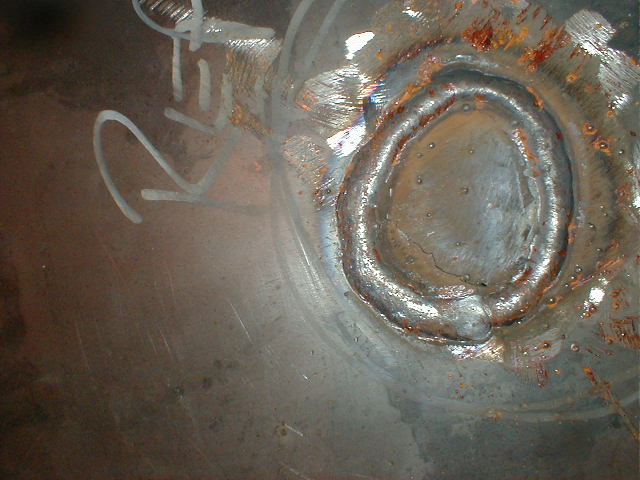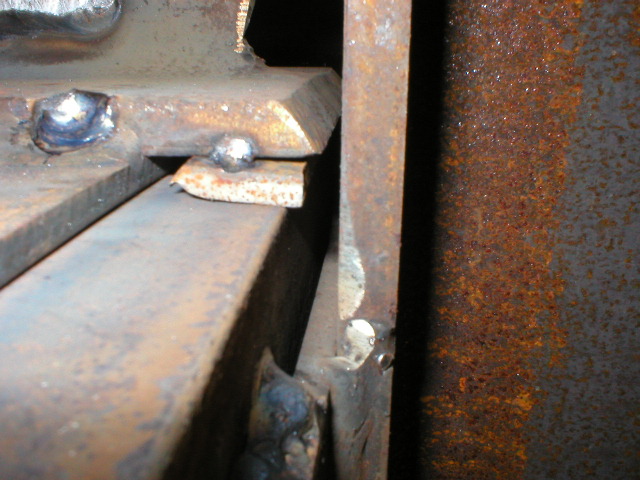On this specific project, I was representing an engineering company for a power company. These were SCR's for coal plants. The project specifications were outrageous. There were of course many fabrication issues. The beam copes were a recurring issue. If I remember correctly the bead was a torch gouge of unknown origin.
After the project was over, I was called to the jobsite by the end user project manager to explain why I hadn't provided shipment releases of many of the SCR modules. As the Site PM, My boss from the engineering firm, and the vice president of the fabricator looked on, I pulled out over 100 pages from my inspection database and asked them "what piece are you wondering about". We would locate the piece and I would show them the still outstanding item. After a half dozen or so in which nobody could explain why the issues still existed The fabricator got mad and said HE HAD SEEN ENOUGH after I was asked to show them the penetration in the SCR casing with a visibly cracked weld where a hole had been mislocated, patched, welded, and cracked.

The project as a whole was something. Any spliced stiffeners (1-1/2" or 2" angle) 100% UT. Panel flatness < 3/8" during trial fit (panels 60+ foot long)and many other things that could have easily been items referred to in D1.1.
The database I made kept track of PO.s, change orders, project specs revs., dwgs revs, inspections, and most importantly ANY conversation I had regarding an inspection item that included the who, what when, and where. Some of these conversations included some discussions with the engineering firm in which they requested I "slack up" a bit and use "my judgement" on items in which there specifications may have exceeded the code (D1.1) .
It was an exciting inspection job to say the least and quite a learning experience as far as how silly things can get on a project.


